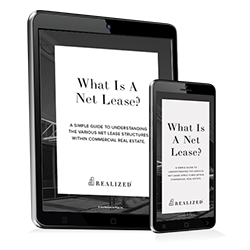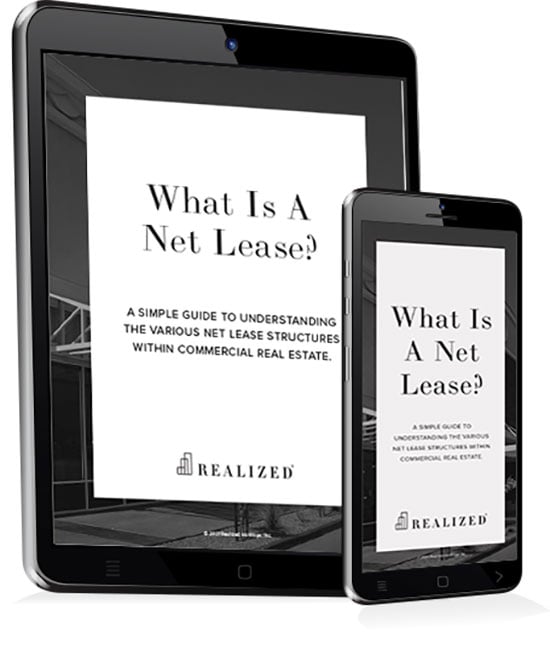
The idea behind a lease containing “nets” is that a tenant takes on at least some of the costs of day-to-day property operations, maintenance, and repair. In many cases, this also means that the tenant might take on insurance costs connected with the property.
So, does a landlord need insurance in a triple net lease? On the surface, it could appear that the answer to this question is “no.” After all, the idea here is that such an arrangement can remove administrative costs and burdens from the property owner.
However, the in-depth response is that whether a landlord requires insurance with a NNN lease depends on the lease structure and owner/occupier responsibilities.
While NNN leases generally mean that tenants take on all expenses connected with taxes, insurance, and maintenance, these agreements offer a very wide latitude when it comes to occupier and landlord responsibilities. This, in turn, is based on the landlord’s involvement with the property.
According to an article issued by the American College of Real Estate Lawyers (ACREL), a property owner that has provided existing improvements to a particular property, or who has put money into those improvements, “will be best served if it carries the property insurance itself,” and passes the costs along to the tenant.
Even if the tenant insists on carrying the property insurance premium for their own improvements (a common scenario when it comes to national tenants), the ACREL suggests that it’s a good idea for the property owner to lessen its own risks by outlining specific required insurance coverage in the lease. Such coverage should include “Special Causes of Loss” and flood, earthquake, terrorism, or other that might impact a geographic location, but could be excluded from the above-mentioned “Special Causes of Loss.”
Then there is general liability insurance which can be just as important as property insurance. Why? Because general liability insurance (also known as business liability insurance) provides protection from claims that might involve injury as well as property damage. The landlord of a net-lease property should ensure that a tenant carries general liability insurance.
Sometimes it can be a better idea for the landlord to carry this type of insurance (and once again, pass the costs along to the tenant). This can allow the landlord to be paid directly in the case of damage to a property caused by a tenant. Or it can protect the landlord in the event that a visitor to the property is injured or hurt, and files a claim.
The takeaway here is that triple-net leases don't absolve landlords from insurance ownership or requirements. It’s important that insurance requirements—for both owner and occupier—be precisely spelled out in the lease agreement and adhered to. Failure to do this might mean a landlord could end up responsible for covering unexpected losses for property damage or legal claims.



